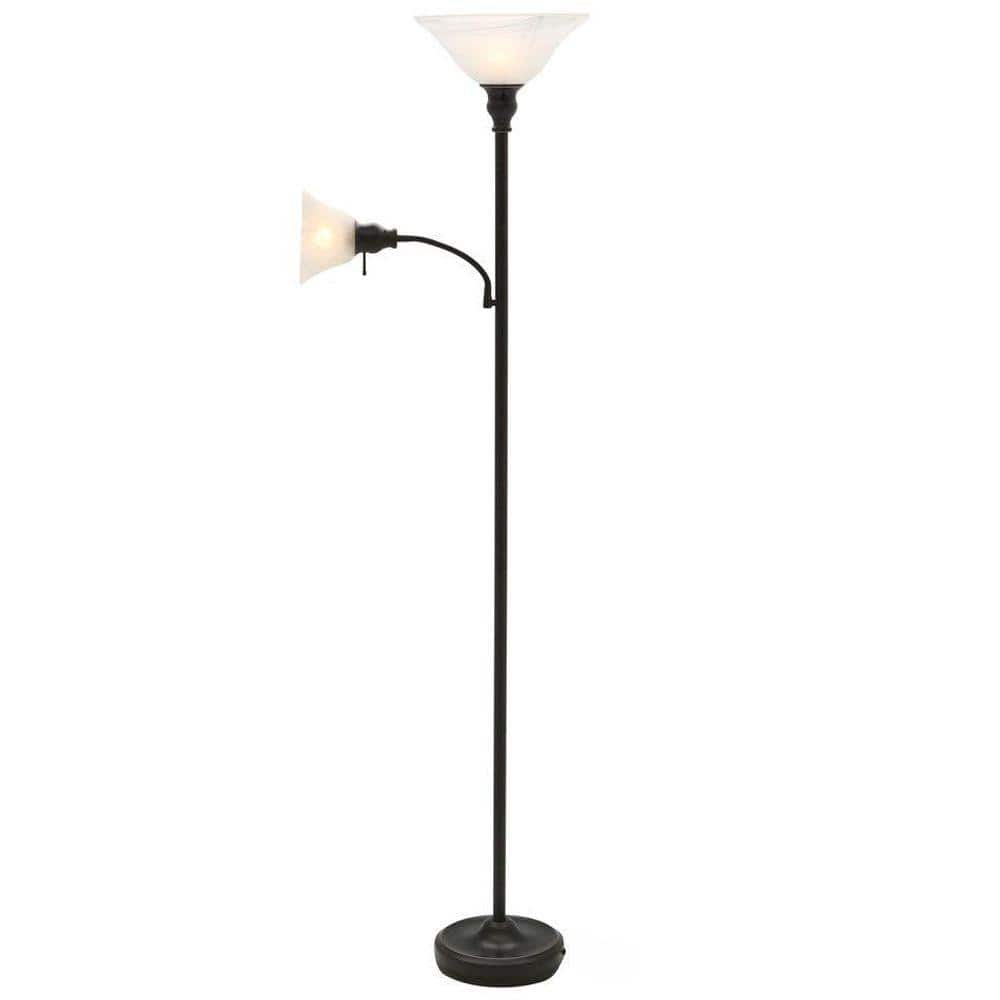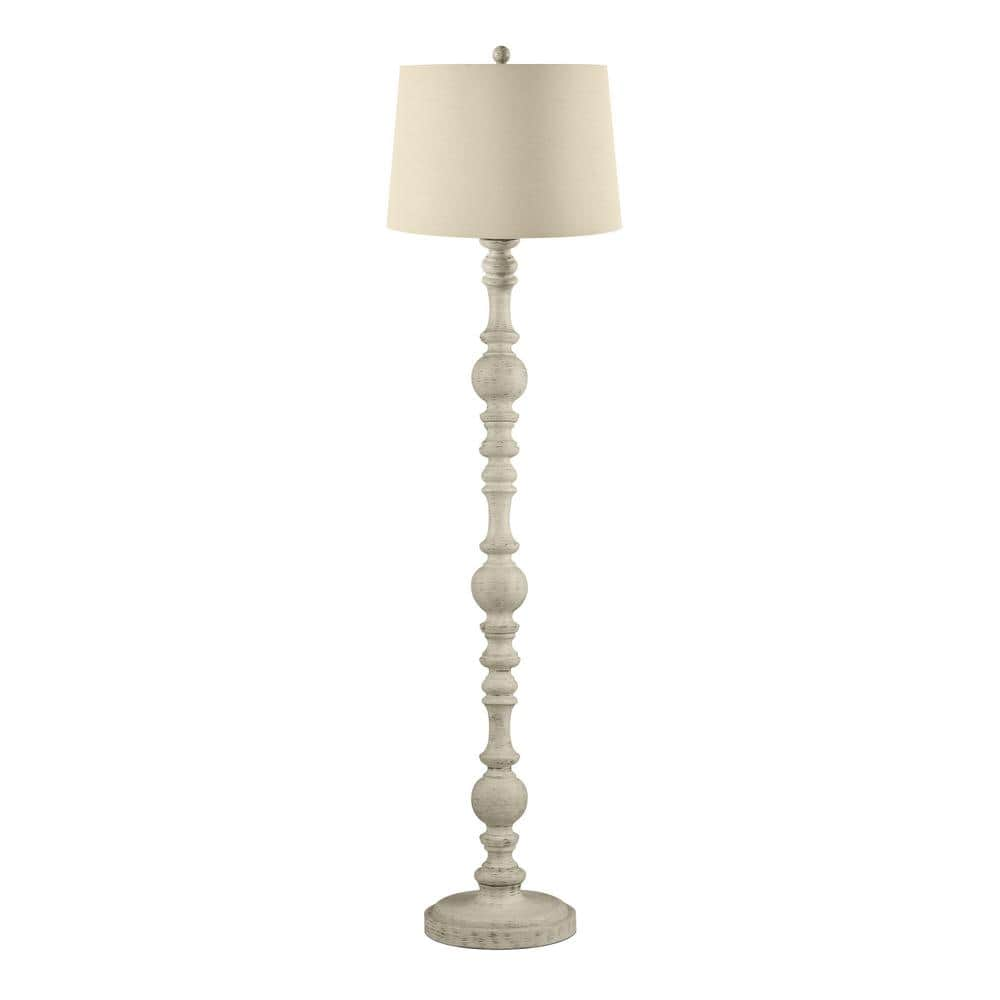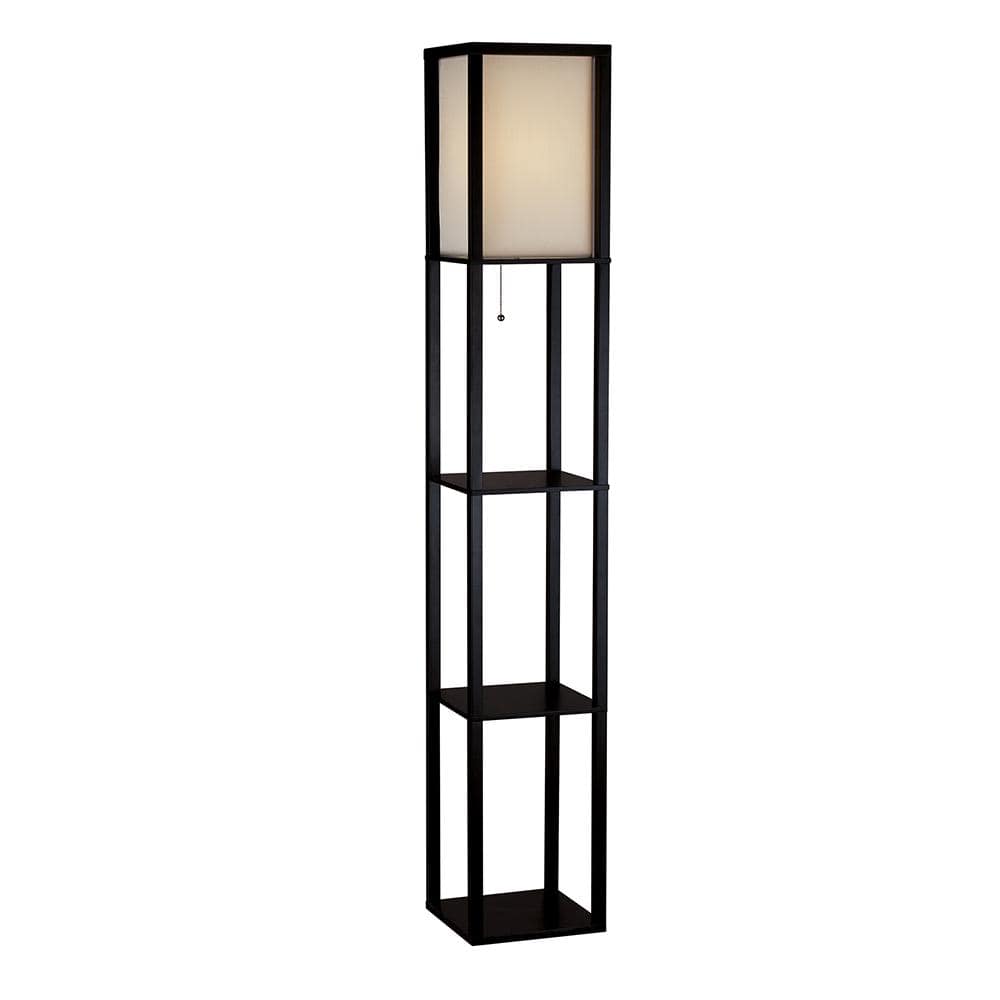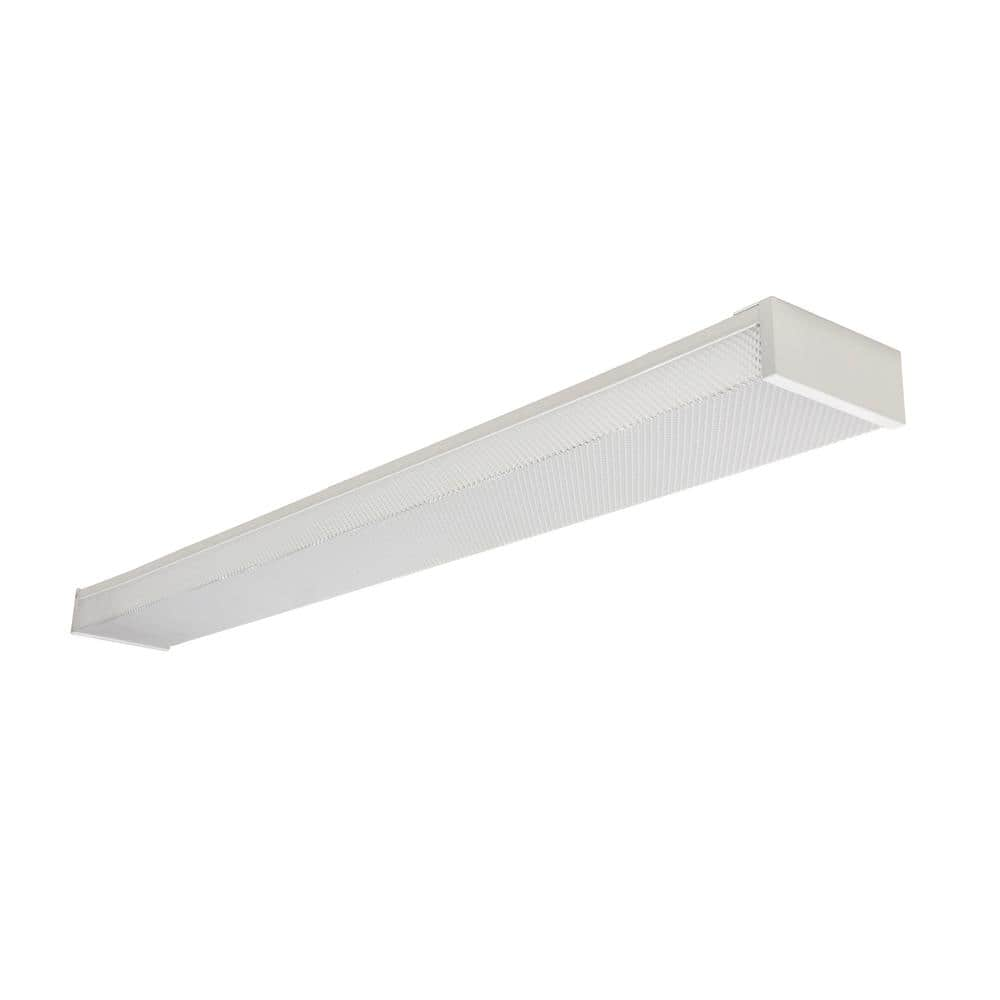Hampton Bay 71 in. Antique Bronze Floor Lamp with 2 Alabaster Glass Shades
Attached reading light adds functionality and convenience. Alabaster glass shade will provide warm and bright illumination. One 150-Watt, 3-way bulb and one 60-Watt bulb, sold separately.
Dual-purpose distinction. Ideal for both leisure and tasks, the Antique Bronze Floor Lamp offers superb illumination for the living room, family room, foyer or office. Featuring a traditional bronze finish and alabaster glass shades, its top lamp generously lends ambient light, while its gooseneck task lamp affords adjustable focus for reading or craft activities. Customers appreciate how sturdy and easy this Bronze Floor Lamp is to assemble. Updating light fixtures in your home is the most effective way to accomplish a striking, yet simple, DIY remodel.
- Bronze finish, fit for a variety of decors
- Measures 71 in. H
- Uses one 150-Watt, 3-way light bulb and one 60-Watt light (CFL or LED equivalent) bulbs – not included
- Durable construction, built to last
- Gooseneck task lamp adds convenience
- Alabaster glass shade provides bright, warm illumination
- Wipe with a damp cloth
Additional information
| Dimensions | H 71 in, W 13, D 13 |
|---|---|
| Certifications and Listings | ETL Listed |
| Manufacturer Warranty | One Year Limited Warranty |






by Michael
Love this lamp. Goes well with the decor in our house. Good price as well.
by Pensy
The lamp has a sleek look that fits into almost any decor. It is sturdy and gives off bright lighting or ambient lighting with the turn of a knob.
by Mike
I like the floor lamp. It is pretty and easy to assemble. There is one thing I do not like about it and it is the base. When I saw it, it seemed small. Although it is heavy, it is not large enough when it sits on plush carpet. I had to stabilize it by putting something flat and hard underneath, because it was tipping over without it. I wish the base was larger and stronger.
by Joey
The lamp was a replacement. It is a GREAT LAMP for the price. Three way socket for the primary bulb is great !! Don’t pass up this lamp.
by Dian
Perfect for the living room as a reading light and general lighting.